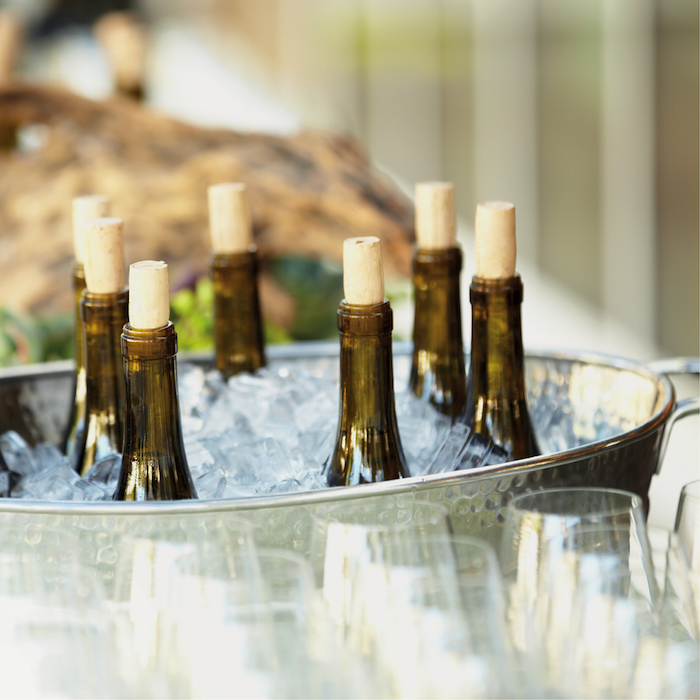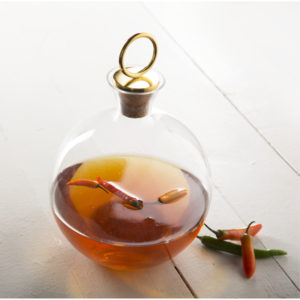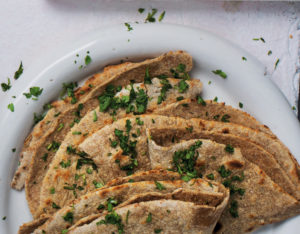Hunting for wine deals has become quite a science. Most know that certain labels are meant to offer good value for money, but the information printed thereon may not always be forthcoming. Here’s what you need to know to decode wine labels and find out if you’re really getting a bargain. Tag, you’re it
By David Biggs
Some labels – particularly those of high-end wines – will reveal a great deal about the contents of the bottle. Others are deliberately designed to conceal information about the wine.
If you’re a winemaker who usually charges R150 a bottle, you wouldn’t want anyone to know you’ve sold your last tankful to a retailer for just R40 a bottle to get rid of your excess. So you may release the same wine under a more generic label.
What’s in a name?
If the word ‘estate’ appears on the bottle, it would have been made by a specific estate, from grapes grown entirely on that farm. The producers are obviously proud of it and the wine will probably be expensive, though of high quality, as the list of requirements for adding this is extensive. Non-estate wines, however, can be made from grapes grown anywhere in the country and may be a blend of fruit.
Wine of origin
The quality of a wine depends on two factors: the winemaker’s skill and, more importantly, nature. Some areas are simply better suited to cultivate wine grapes. In order to ensure the fruit are really grown in the area suggested on the label, the ‘Wine of Origin’ scheme was implemented. Wine of Origin, or WO, indicates that all the grapes from which the wine is produced originated from a specified area.
Another clue for quality is the certification label on the bottleneck of all wines that have passed an inspection by the Wine and Spirit Board. This guarantees the contents of the bottle come from the region or area stated, that the wine is made from grapes harvested in the year stated, and that the wine has been made from the variety, or varieties, of grapes. So, if the wine label says you have a 2013 Sauvignon Blanc from WO Elgin in your hand, that’s what you’ll get.
Ripe old age
Look for a vintage on the label. White wines are usually made to be enjoyed young, so if you find a ‘2005’, the wine may have been lying around for 10 years and then sold at a bargain price to get rid of it. Approach with caution. On the other hand, it may just be a great find if it was stored correctly, as some get better with age.
Certain bold reds age well, but the cheaper reds are generally made for early drinking. Be very suspicious of an inexpensive 10-year-old – a better bargain would be a three-year-old.
A-listers
Every bottle of wine produced in South Africa must have an ‘A code’ printed on the label. This tells you who originally produced the wine, or who sourced it for resale. ‘A089’ will mean it came from Distell in Stellenbosch, while ‘A377’ comes from Grangehurst.
The A codes are published in each edition of the Platter’s South African Wine Guide. You can also find an up-to-date list of all the A codes on sawis.co.za.
Not that odd
Ever heard about the Odd Bins range? The idea behind the concept is that a panel from Checkers hand-picks a selection of high-end brands and then bottles them under the Odd Bins label.
Each bottle will have a number printed on the label, which indicates a wine estate and vintage. However, the estate that the wine was sourced from is kept secret. But the label does indicate the area in which the grapes were grown and the flavour profile you can expect.
Hold your horses
There is much more to wine-buying than price. It’s pointless coming home with a bottle of bargain wine that only cost R30, only to uncork it and discover it is unpleasing, dreadfully acidic stuff that’ll strip the enamel right off your teeth.
It costs about R20 to package even the cheapest bottle of wine, considering the price of bottle, cork, label, capsule and carton. Deduct this amount from the price you are paying and you will get a good idea of the quality you can expect.




